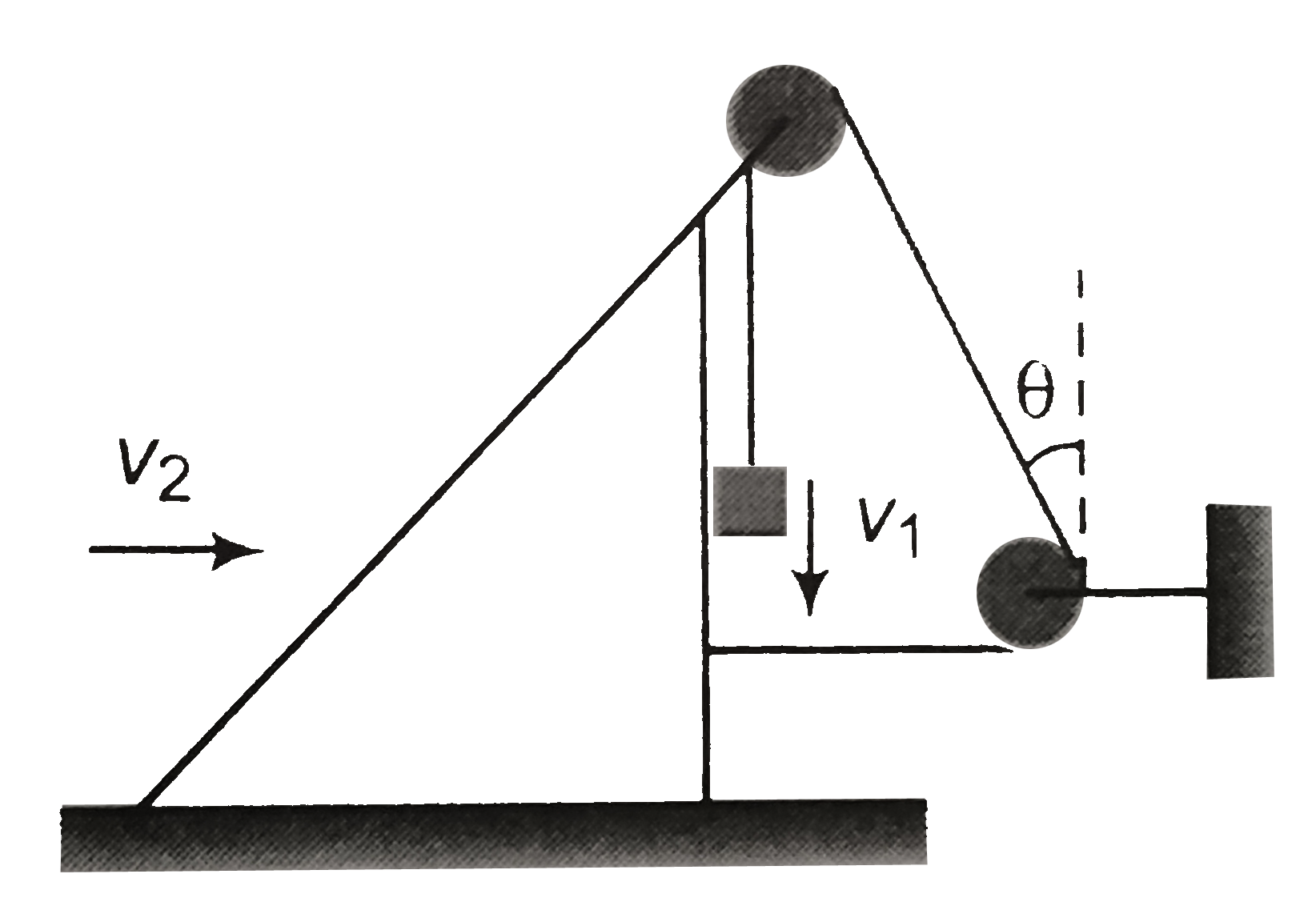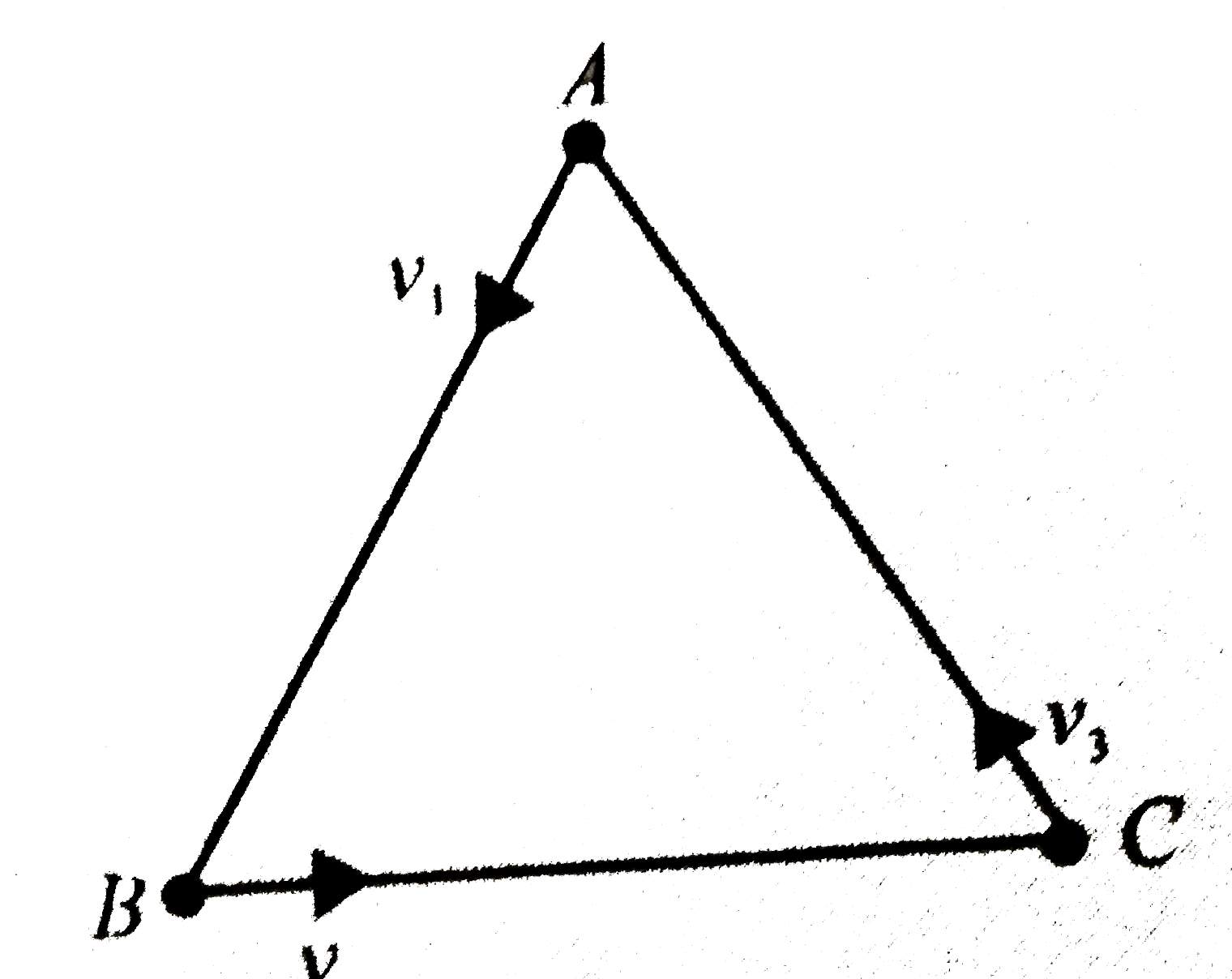Find the velocity of the centre of mass of two identical particles moving with velocities v1andv2 Solution in Bengali
Step by step video & image solution for Find the velocity of the centre of mass of two identical particles moving with velocities v_(1) and v_(2) by Physics experts to help you in doubts & scoring excellent marks in Class 11 exams.
Topper's Solved these Questions
- BOOK - CHHAYA PUBLICATIONCHAPTER - QUESTION PAPERS OF WBCHSE -2017EXERCISE - SECTION-II ( GROUP D )14videos
QUESTION PAPERS OF WBCHSE -2017
- BOOK - CHHAYA PUBLICATIONCHAPTER - QUESTION PAPERS OF WBCHSE -2017EXERCISE - SECTION-II ( GROUP B )6videos
QUESTION PAPERS OF WBCHSE -2017
- BOOK - CHHAYA PUBLICATIONCHAPTER - QUESTION PAPERS OF NEET -2018EXERCISE - QUESTION38videos
QUESTION PAPERS OF NEET -2018
- BOOK - CHHAYA PUBLICATIONCHAPTER - QUESTION PAPERS OF WBCHSE -2018EXERCISE - SECTION -II20videos
QUESTION PAPERS OF WBCHSE -2018
Similar Questions
The displacement of a particle is directly propertional to the third power of time . What will be nature of acceleration of the particle ?
07:01View SolutionDefine coefficient of static friction and coeficient of kinetic friction .
03:08View SolutionThe fundamental frequency in an open organ pipe is equal to the third harmonic of a closed organ pipe . If the length of the closed organ pipe . If the length of the closed organ of a closed organ pipe is 20 cm , the length of the open organ pipe is
04:44View Solutionwhat are the sighificant figures in the result of addition of 9.8 and 15.298 ?
04:19View SolutionIn the figure block moves downwards with velocity v1, the wedge rightwards with velocity v2. The correct relation between v1 and v2 is
 05:00View Solution
05:00View SolutionIn fig., blocks A and B move with velocities v_(1) and v_(2) along horizontal direction. Find the ratio of v_(1)//v_(2)
View SolutionLet there are three equal masses situated at the vertices of an equilateral triangle, as shown in Fig. Now particle A starts with a velocity v1 towards line AB, particle B starts with the velocity v2, towards line BC and particle C starts with velocity v3 towards line CA. Find the displacement of the centre of mass of the three particles A,B and C after time t. What would it be if v1=v2=v3?
 09:20View Solution
09:20View SolutionTwo masses, m1 and m2 , are moving with velocities v1 and v2. Find their total kinetic energy in the reference frame of centre of mass.
02:10View SolutionThe velocities of two particles of masses m1 and m2 relative to an observer in an inertial frame are v1 and v2. Determine the velocity of the center of mass relative to the observer and the velocity of each particle relative to the center of mass.
04:20View SolutionA particle of mass m is moving with a uniform velocity v_(1) . It is given an impulse such that its velocity becomes v_(2) . The impulse is equal to
02:34View Solutionकिसी कण के सापेक्ष वेग क्या अभिप्राय है ? दो कण A तथा B एक सीधी सड़क पर एक ही दिशा में क्रमश :vA एवं vB वेग में गतिशील हैं। दिखाइए कि कण A का कण B के सापेक्ष वेग vAB=vA−vB.
10:09View SolutionA particle of mass m is moving with a uniform velocity v_(1) . It is given an impulse such that its velocity becomes v_(2) . The impulse is equal to
04:06View SolutionTwo particles are moving with velocities v_(1) and v_2 . Their relative velocity is the maximum, when the angle between their velocities is
05:47View SolutionTwo identical particles move towards each other with velocity 2 v and v respectively. The velocity of centre of mass is
01:11View Solutionसमान द्रव्यमान के दो पिंड v1 और v2 वेग से एक ही रेखा में गतिमान हैं । उनके मध्य प्रत्यास्थ संघट्ट होता है । संघट्ट के पश्चात उसके वेग हो जायेंगे -
01:34View SolutionFind the velocity of the centre of mass of two identical particles moving with velocities v1 and v2.
02:37View Solution

